Not to mention that TMT bar play a very significant part in ensuring integrity, safety and durability of every concrete structure. However, its performance can only get better if the related factors are maintained properly. These include:
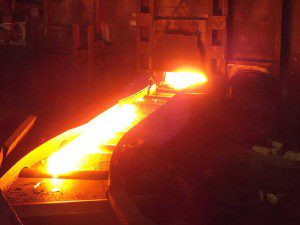
- Manufacturing Technique: It is the most important factor that determines the quality of a TMT bar. Thermo-mechanical Treatment, better known as the TMT route is considered as the most advanced manufacturing process. This PLC controlled online process is executed in three consequent stages namely Quenching, Self-tempering and Atmospheric cooling. It ensures a unique combination of strength and ductility in the steel TMT bars.
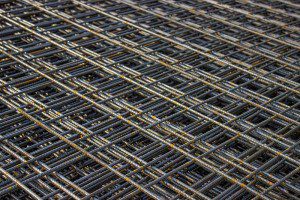 Ductile Strength: Ductile strength of a TMT bar ensures superior structure. The strength and ductility measure is specified in IS:1786 standard. Well surpassed limitation of the specified standard represents better quality of the TMT bar.
Ductile Strength: Ductile strength of a TMT bar ensures superior structure. The strength and ductility measure is specified in IS:1786 standard. Well surpassed limitation of the specified standard represents better quality of the TMT bar.
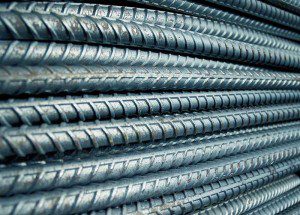 Rib Structure: Performance of a concrete structure is relatively dependent on the rib style of the TMT bars and the steel-concrete bond for that particular structure. Two or more angular ribs, equally spread around the surface, are necessary to uphold the concrete bond and the tensile load of the structure at large.
Rib Structure: Performance of a concrete structure is relatively dependent on the rib style of the TMT bars and the steel-concrete bond for that particular structure. Two or more angular ribs, equally spread around the surface, are necessary to uphold the concrete bond and the tensile load of the structure at large.
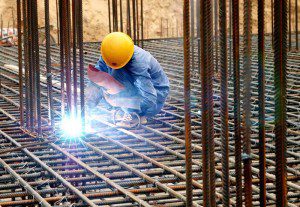 Weldability: Low carbon content in TMT bars makes it easy for welding works. Excellent weldability in steel rebar requires no pre or post welding treatment and makes it easier for the construction workers.
Weldability: Low carbon content in TMT bars makes it easy for welding works. Excellent weldability in steel rebar requires no pre or post welding treatment and makes it easier for the construction workers.
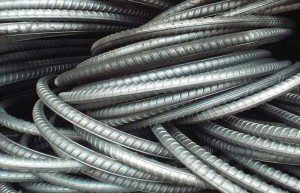 Bendability: Advanced quenching process toughens the surface layer yet the core remains soft, this in turn makes the TMT bar easily bendable. The cutting and bending strength can be determined as per the Bar Bending Schedule (BBS) certification.
Bendability: Advanced quenching process toughens the surface layer yet the core remains soft, this in turn makes the TMT bar easily bendable. The cutting and bending strength can be determined as per the Bar Bending Schedule (BBS) certification.
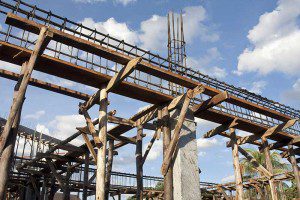 Dimension Tolerance: Nominal values specified in BIS code determine the grades of dimension tolerance. Closer values of sectional weight ensure higher meter age per unit weight in good quality TMT bars, compared to ordinary rebar.
Dimension Tolerance: Nominal values specified in BIS code determine the grades of dimension tolerance. Closer values of sectional weight ensure higher meter age per unit weight in good quality TMT bars, compared to ordinary rebar.
 Chemical Composition: Certified composition of sulphur, carbon and phosphorus and exclusion of unwanted materials such as cast iron, non-metallic and non-ferrous etc. are the determinants of a good quality TMT bar.
Chemical Composition: Certified composition of sulphur, carbon and phosphorus and exclusion of unwanted materials such as cast iron, non-metallic and non-ferrous etc. are the determinants of a good quality TMT bar.
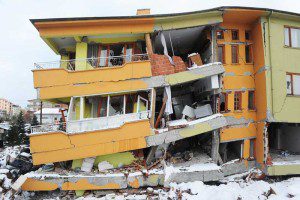 Seismic Resistance: Seismic resistant structure is dependent on its reinforcement strength. Buildings that are compliant to the recent seismic building code and standards are obviously more capable of withstanding the earthquake damages. TMT bars along with a good concrete bond, fortify the tensile strength of a structure. However grades of TMT bar differ at different seismic zones.
Seismic Resistance: Seismic resistant structure is dependent on its reinforcement strength. Buildings that are compliant to the recent seismic building code and standards are obviously more capable of withstanding the earthquake damages. TMT bars along with a good concrete bond, fortify the tensile strength of a structure. However grades of TMT bar differ at different seismic zones.
Higher UTS/YS ratio and percentage determines the seismic property of a TMT bar. Uniform energy dissipation in every cycle is significant of the higher ductile strength and superior seismic resistance in a good quality TMT Bar, which is crucial to reduce structural damage and human casualties.
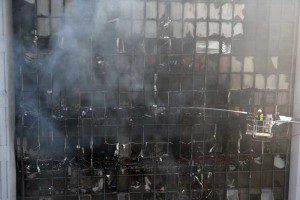 Fire Resistance: Good quality TMT bars have higher thermal stability and retain more than 80% of its ambient temperature yield strength at 300° Thus makes the concrete structure safer in fire hazards.
Fire Resistance: Good quality TMT bars have higher thermal stability and retain more than 80% of its ambient temperature yield strength at 300° Thus makes the concrete structure safer in fire hazards.
 Cost Effectiveness: Batch to batch consistency and uniform sectional weight per unit minimizes steel wastage and makes it beneficial for the customers to buy TMT bars in small quantity as well.
Cost Effectiveness: Batch to batch consistency and uniform sectional weight per unit minimizes steel wastage and makes it beneficial for the customers to buy TMT bars in small quantity as well.
All the factors compiled together for one particular TMT bar brand may be considered as the best choice for any sort of concrete construction.






